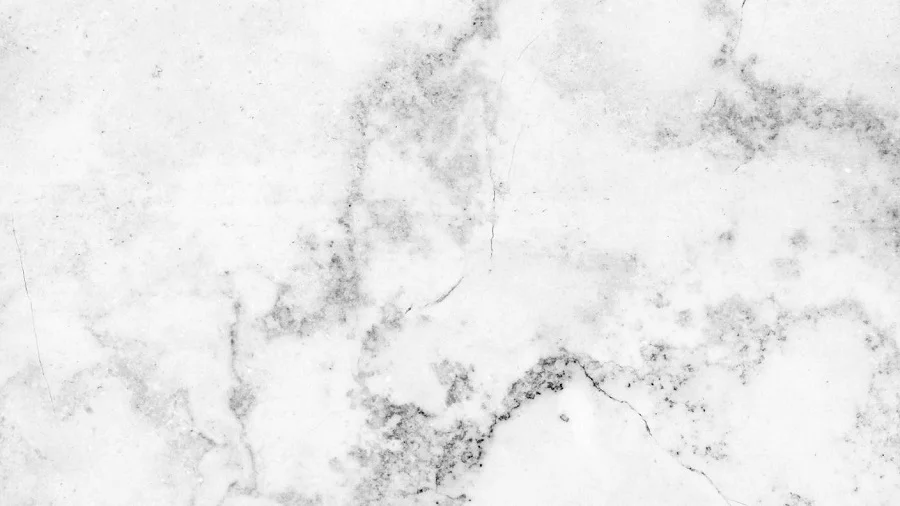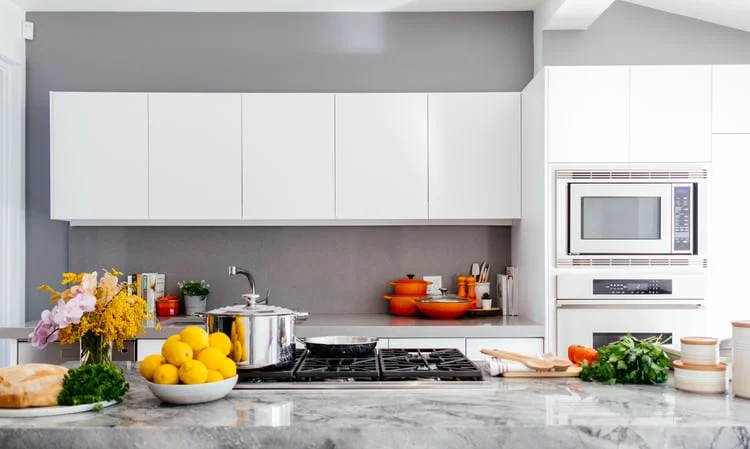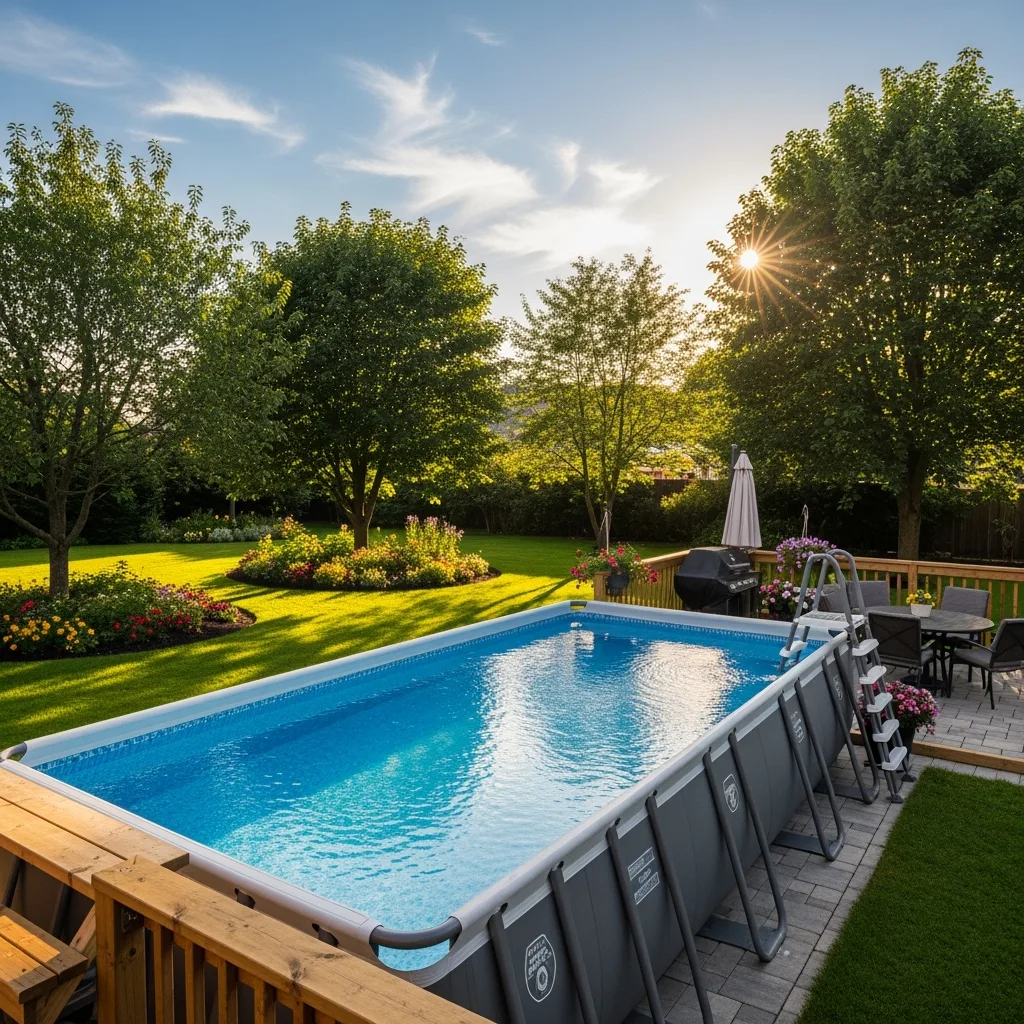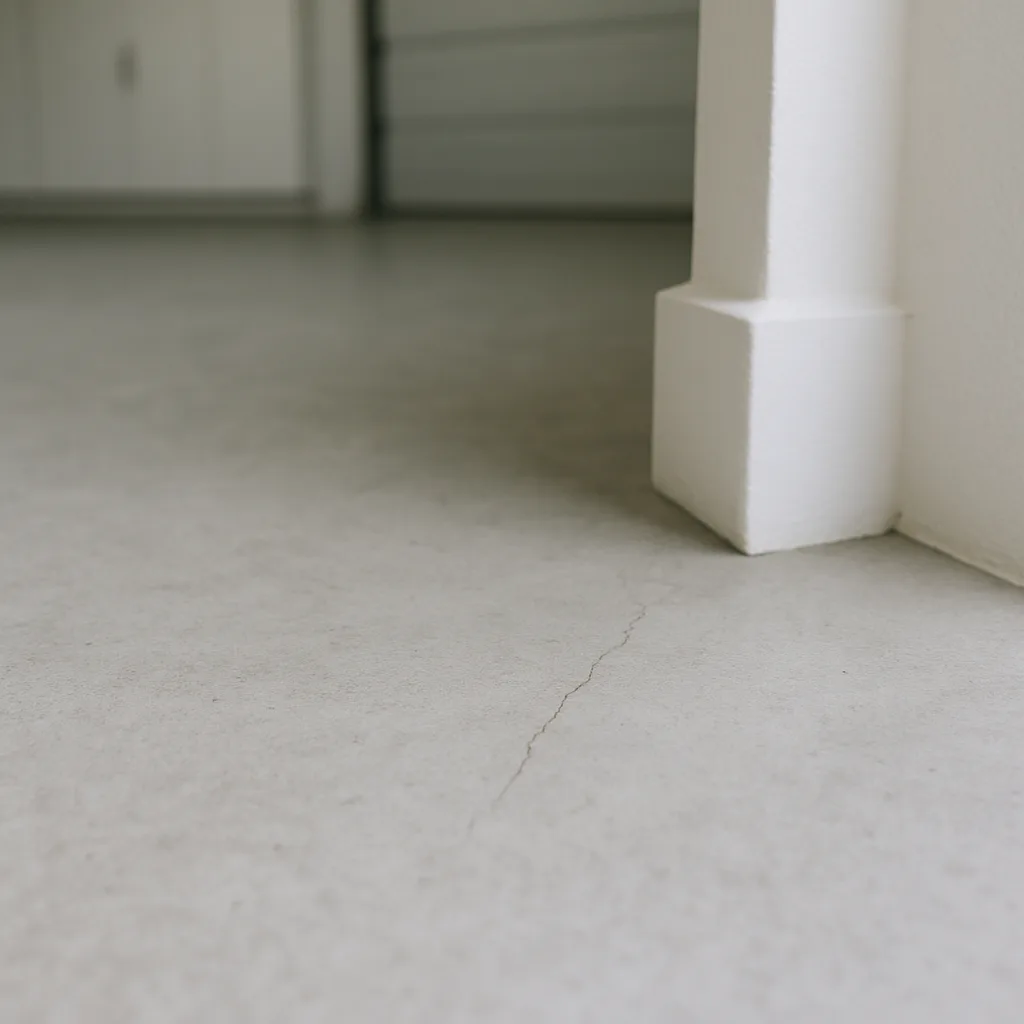Last updated on
It is normal for homeowners to design their kitchen according to their tastes and preferences. As a result of these specifications, marble countertops have been known to be the most preferred choice that suits homeowners’ expectations, and as such, their use, in recent times has risen to the number one spot on the elite list.
Marble countertops attract a lot of homeowners because of their diversity in style, pattern, texture, and color. The simplistic nature, diverse timbre, and magnifying beauty of marble makes the marble kitchen countertop an intriguing piece of design that makes onlookers feel enamored.
What's Inside
How is a marble countertop manufactured?

The inquisitive minds will want to know how this unique piece is made; and so, the innovative manufacturing process that brings marble alive is as described below.
The raw metamorphic rocks are usually transported to the factory where the transformational procedure takes place. The raw rock-stone, on getting to the factory, are cut into reasonable square sizes with the aid of a computer-operated saw.
The cutting process is usually done by a machine to achieve an accurate level of precision. The cut marble slabs are blasted with water jets at great speed and pressure, to smoothen the flaws on the surfaces or edges.
The blasted, cut marble slabs are buffed repeatedly with varying degrees of sandpaper; the buffing procedure is called the finishing stage.
The final stages of polishing and detailing impact beauty and style onto the marble piece. Polishing is usually done after the finishing stage to create the marble-like impression that marble is known and valued for.
The detailing stage is carried out by skilled masons to inject the style and pattern that the homeowners desire. It is otherwise known as the customization process, and it makes the finished marble slab appear alive and unique.
Why is the marble countertop most preferred?

It might have been impressed on some peoples’ minds to ask why the marble countertops are a cut above the other countertop materials, well, the reason is not far-fetched. Open your mind, and relax because you will be surprised by the fascinating qualities that make marble the best. Below are some notable reasons that you can’t resist, and has made the marble countertops number one on the elite list:
BEAUTY: The beauty of marble is indisputable, and its radiance conveys an aura of gracefulness and elegance. Marble comes in various colors, such as: yellow, green, rose, black, grey, and white. The dynamic combination of marble’s color and pattern makes your kitchen countertop a timeless beauty.
Marble’s diversity makes it a great choice for the homeowners who desire a stone material that will pair perfectly with the interior kitchen décor. More importantly, marble glows naturally, and this quality can be spotted by the light it reflects; perhaps, your kitchen doesn’t contain as much light as you would have wanted it to, marble countertops will make that kitchen appear brighter.
Finally, you will have no reason to resist this intriguing piece of design because it comes in various styles that range from the traditional, antique, modern, and the ultramodern, therefore, everyone gets satisfied.
DIVERSITY: Ever wonder why marbles come in various edges? This is because of its soft and flexible nature that makes its cutting procedure easy and interesting. In contrast to many other natural stone materials, marble is manufactured in a greater variety of style and edge profiles.
The popular edge analysis includes the following: straight edge, waterfall edge, bevel edge, stair edge, variety of bullnose edge, and the chiseled edge. The most popular of all the edges known is the waterfall edge; it adds interest and texture to a countertop.
DURABILITY: Marble’s strength is comparable to none. We can proffer many descriptions to show how durable this work of art is: It has been used as a building material for centuries now, and many of the world’s most renowned and ancient landmarks are made of marble, such as Parthenon and Taj Mahal.
The durability of marble makes it resistant to cracking. It is important to note that sealing the marble countertop makes it resistant to staining by tomato sauce, wine, coffee, and colorful food. Oil usually stains a marble countertop, but the good news is that—after a while—say a week, the stains disappear.
The marble countertop requires a lot of maintenance, and this is to ensure that it doesn’t lose its touch. An effective way of preserving the strength of marble is by sealing it properly, and this should be done regularly—every two years. Although the maintenance of marble is high, its strength is the unparalleled quality that makes it a great choice for a busy kitchen.
HEAT RESISTANCE: Marble countertops are the most recommended to bakers because they always remain below room temperature, hence, it naturally stays cool. The heat resistance of marble makes it a perfect choice for a kitchen space that will be used to bake cookies, cake, and pastries, as well as ice-cream.
However, this does not mean that marble countertops should be limited to only bakeries, as a matter of fact, an ideal kitchen where cooking and frying is done needs a marble countertop.
Marble is resistant to high temperature, although, care must be taken to ensure that a freshly removed hot pan and the pot are not placed directly on the countertop to prevent the discoloration of the surface and the destruction of the finish.
How much does a marble countertop cost?
Sorry to burst your bubble, but marble countertops are not expensive to purchase and install. Going by what mrstone.com says, the cost incurred in purchasing a marble countertop ranges from $40 to $200 per square foot.
While the average cost of installing a marble countertop ranges from $65 to $95 per square foot. It is imperative to note that the variation in price is due to a lot of factors, such as the type of countertop desired, the expertise of the mason, and the kind of finishing required.




